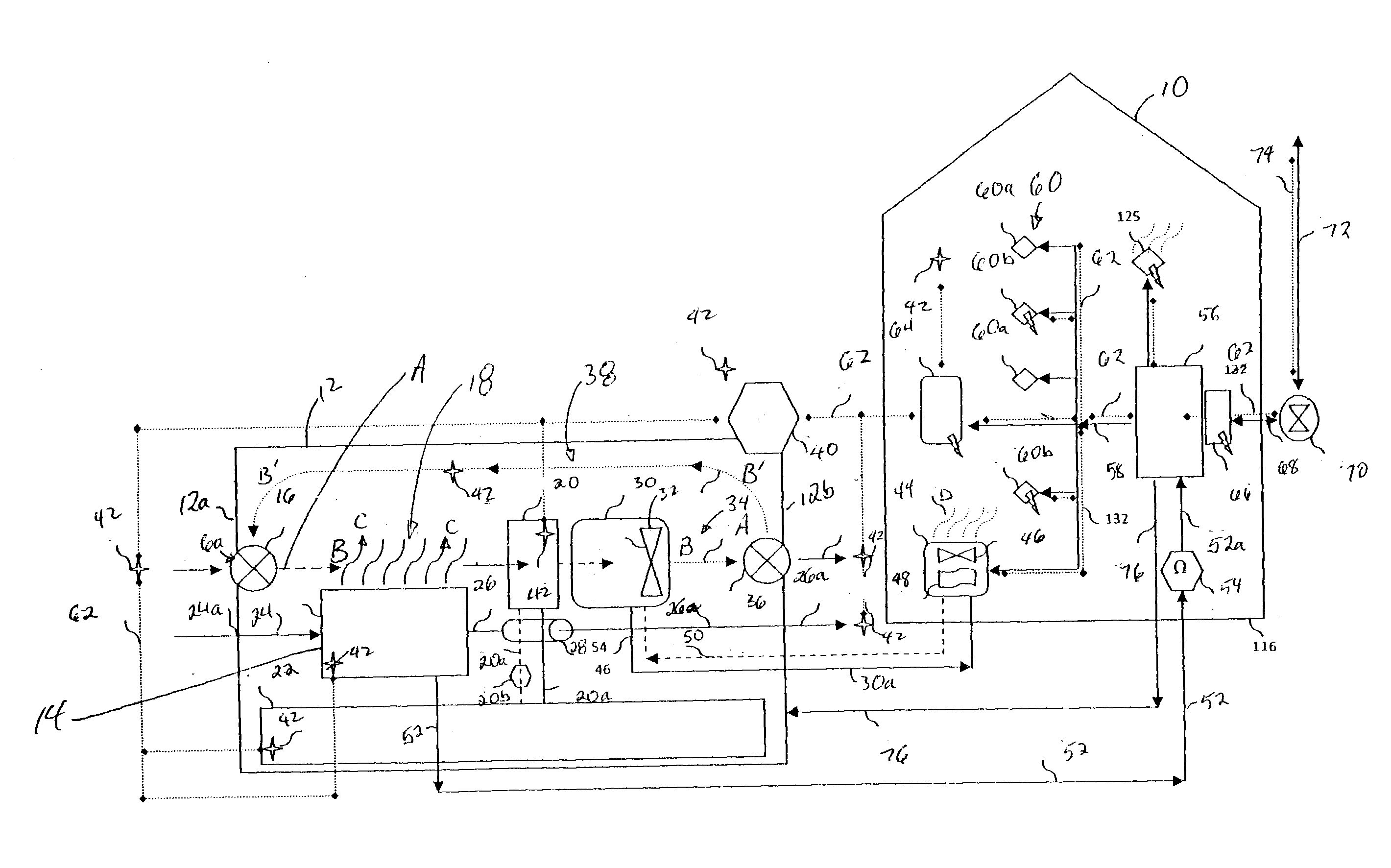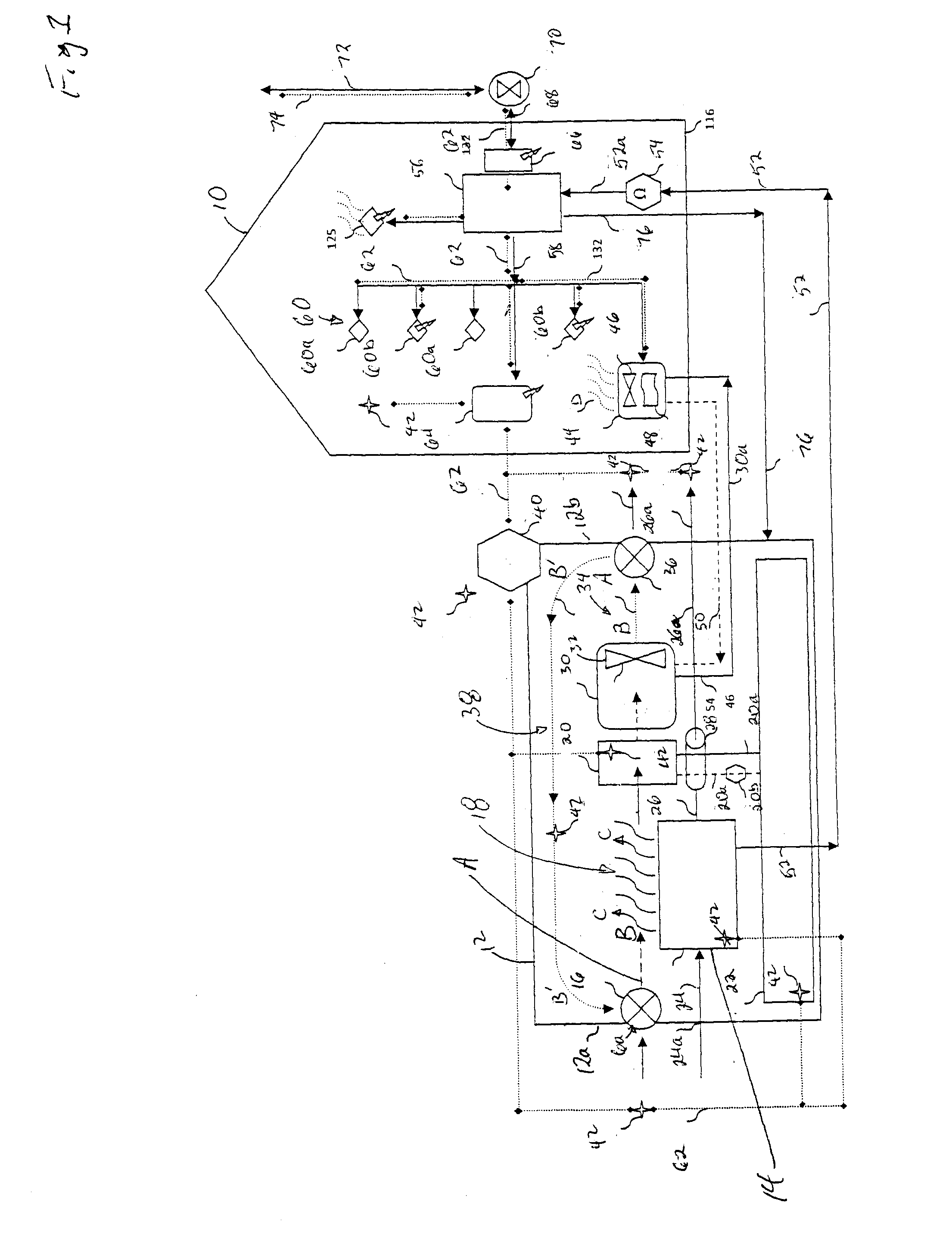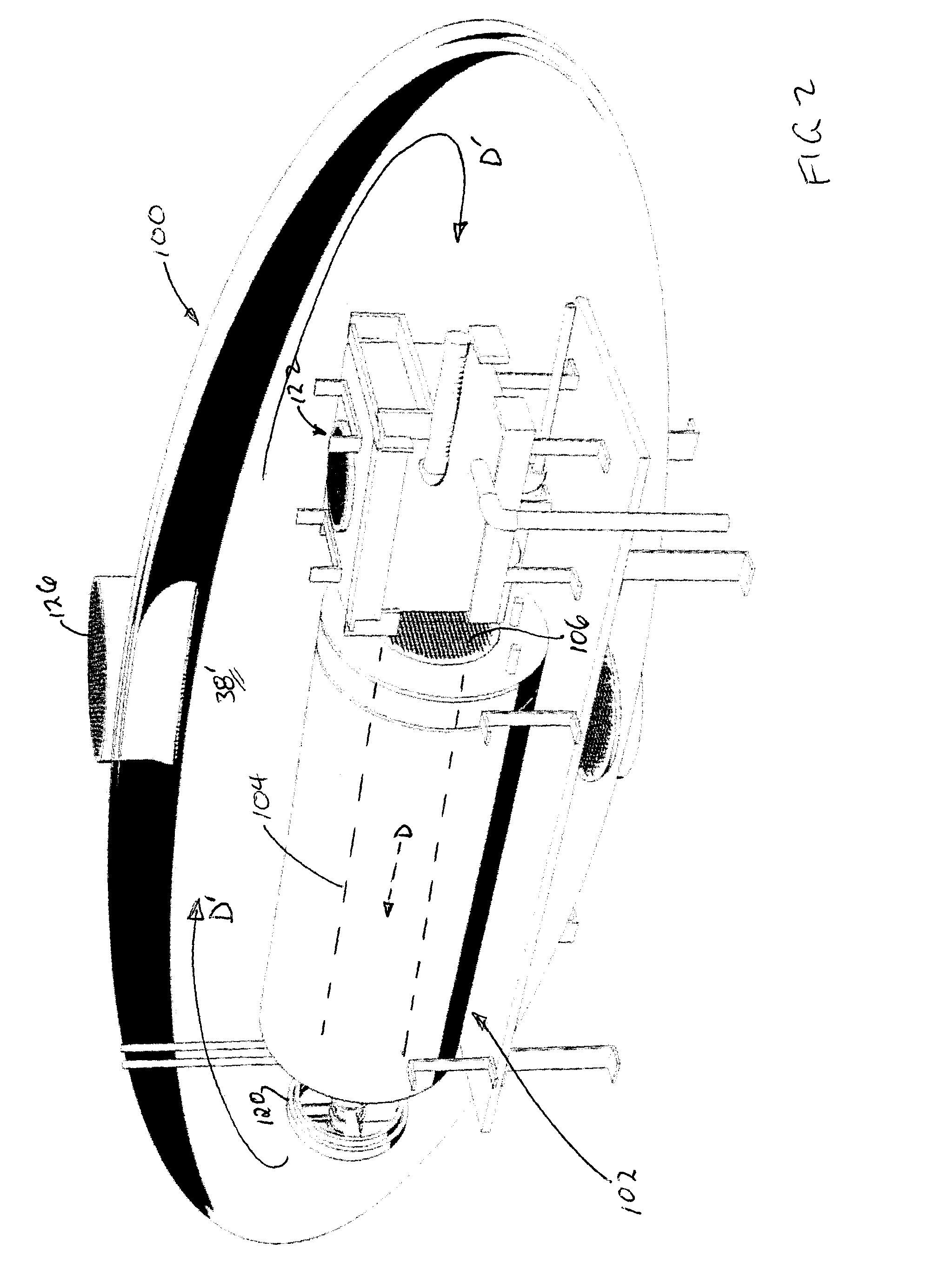As demand for electricity continues to increase and approaches maximum capacity, new demands being placed upon generation and utility grid distribution infrastructure, energy prices will escalate and rolling blackouts and grid failures will become more common occurrences.
Peak grid is the most significant problem the utility sector has with generating and distributing electrical energy to consumers because of the
time of day the energy is demanded, the type of energy required and demanded, and from electrical and gas utilities at the demand site.
Adding to the challenges facing the utility sector is the inefficient and aging generation and distribution infrastructure which is becoming increasingly incapable of both meeting growing current demand and expanding to meet future demand.
Such expansion will be difficult and expensive given strict environmental laws, inherent inefficiencies, significant capital expense, extended build out timeframes, and introduction of carbon emission taxes.
Over the years a myriad of technologies and products have been developed and offered as potential solutions to these many challenges with limited success.
A significant contributor to
peak demand, emissions, and demand cycles is hot
water consumption and the heating and cooling of homes and businesses.
Historically, electricity generated from a generator is used to operate
electrical devices such as electrical heaters, fans or lights in the event of a complete loss of electricity from Utility distribution grids after loss of electrical utility service, which is reactive, rather than proactive resulting in inefficiency at eliminating
peak demand and utility failure.
However, such a conventional
cogeneration system experiences problems of increased
noise during operation of the cooling fan, inefficient capture and utilization of generator
waste heat, and limited enhancement in the efficiency of the system, including insufficient electricity for the heating and cooling system to operate independent of electricity supplied by the utility grid when utility service fails.
In applicant's view, the prior art reflects that current systems are not efficient in
cold weather climates.
Air Source
Heat Pump technology becomes less efficient as the temperature of the air decreases.
However, preheating the air results in a less dense fuel charge to the engine and undesirably reduces the rated
horsepower of the engine and therefore may lower the electrical output.
When the engine is enclosed in a thermally insulated enclosure, heat is radiated until the enclosure air reaches a temperature approximating that of the engine which is then dispersed without a thermal storage unit resulting in inefficiency of operation.
Moreover, frequent engine start-ups and shut-downs significantly compound the reduction of efficiency of the system.
The situation is not greatly improved if a circulating air fan is used to scavenge some of the heated air for use as engine intake air, as discussed earlier, and heat exchangers are not sufficiently efficient.
Adding to the efficiency losses in providing power from remote locations over a
distribution grid, where more than two thirds of the energy may be lost as waste heat, are the overbuilding and underutilization of the generation and distribution of remote electrical energy because of the
time of day and season to which said energy is demanded.
This means that current
natural gas and electrical generation and distribution infrastructures experience underutilized capacity for the majority of
time of use.
With time-of-use and smart meters being installed in large numbers, energy is becoming most expensive when it's needed the most.
Known
cogeneration systems are deficient in certain regards by failing to take into account the nature of the costs, infrastructure scope, and
consumer behaviour for the different types of energy demanded, largely dictated in part by society, work, and such.
If this near-instant interaction is thrown out of balance, brownouts and blackouts occur, resulting in significant problems, damage and lost economic output.
As robust and available our energy systems are to the average
consumer, the relationships and dynamics among all stakeholders are tenacious, tenable, and fragile.
Because of this, the equipment and
generating capacity which is necessary to maintain the system and supply
peak demand energy becomes idle much of the time.
Our energy systems experience heavy demands placed upon it, usually during time-of-day and seasonal peak demands which may coincide or collaborate, and causing failure to the system.
In a sense, a single
consumer can bring the whole system down for all other users on the grid by placing that one extra demand (i.e.
space heater) on the system which causes excessive demand beyond what the system is capable of generating and distributing.
The cost of overbuilding the generation and distribution systems to prevent the failure of the grid from excessive peak demand, and having capacity available ‘just in case’ must be borne by the
utility company customers.
In addition, there is significant estimating on the part of the utility companies regarding
energy demand which results in either overbuilding generation and distribution infrastructure or non-availability of energy with resulting brownouts, blackouts, or complete grid service failure to customers.
With stiff environmental laws, long environmental
impact study
time cycles, and significant
time delays combined with bringing new electrical generation and distribution infrastructure online, utility companies are challenged to provide electrical energy in a timely and cost-effective manner to their customers.
Utility companies which provide
natural gas to residential homes also face similar challenges and are actively working to reduce consumer peak demand on their infrastructure and product.
It is expensive and disruptive for national gas suppliers to dig up and improve their distribution capacity.
Ultimately, Utility companies have limited control over their customers'
energy consumption, demand, and future consumption, other than indirect means through the sponsorship of
energy conservation measures applied to when customers use energy during the day, rebates for replacing inefficient consumer appliances, energy discounts to customers for time-of-use consumption, and the like.
 Login to View More
Login to View More  Login to View More
Login to View More 


